WarHorse47
SOH-CM-2024
Hi, Steve.
Any updates to report on the Master of Tasks? Been a little quiet of late.
Thanks
:ernae:
--WH
Any updates to report on the Master of Tasks? Been a little quiet of late.
Thanks
:ernae:
--WH
There seems to be an uptick in Political comments in recent months. Those of us who are long time members of the site know that Political and Religious content has been banned for years. Nothing has changed. Please leave all political and religious comments out of the forums.
If you recently joined the forums you were not presented with this restriction in the terms of service. This was due to a conversion error when we went from vBulletin to Xenforo. We have updated our terms of service to reflect these corrections.
Please note any post refering to a politician will be considered political even if it is intended to be humor. Our experience is these topics have a way of dividing the forums and causing deep resentment among members. It is a poison to the community. We appreciate compliance with the rules.
The Staff of SOH
I've got a couple to share..Could you put up a few more pics of the VC, please? I don't have the Canberra model, but I would like to take a look at the VC. Thanks.


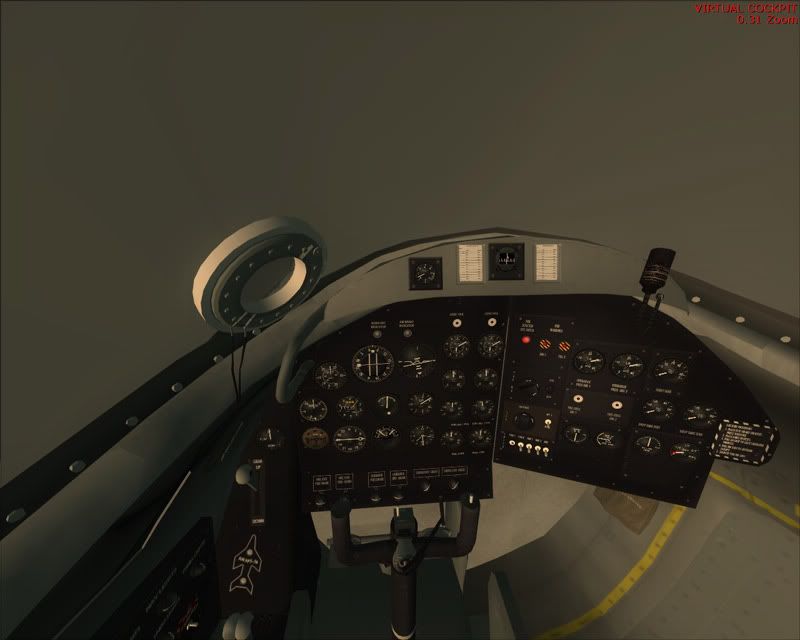
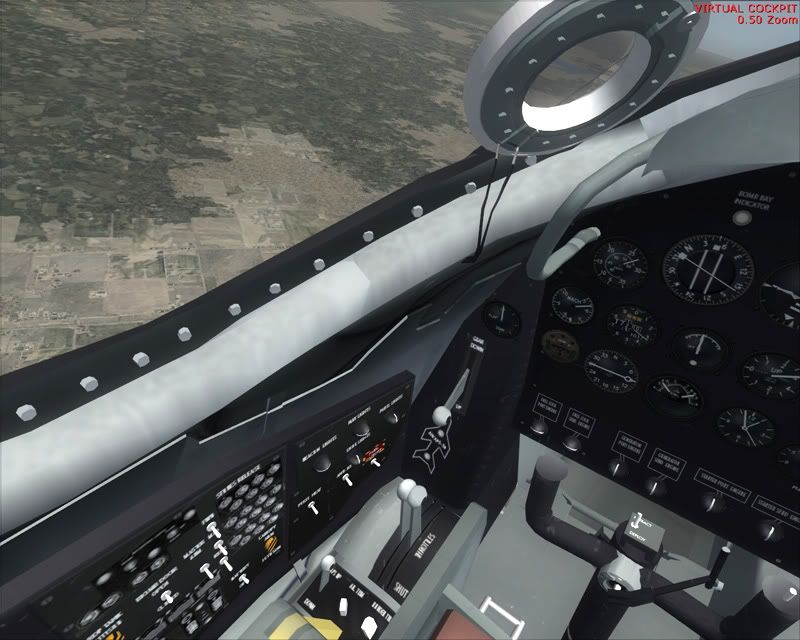
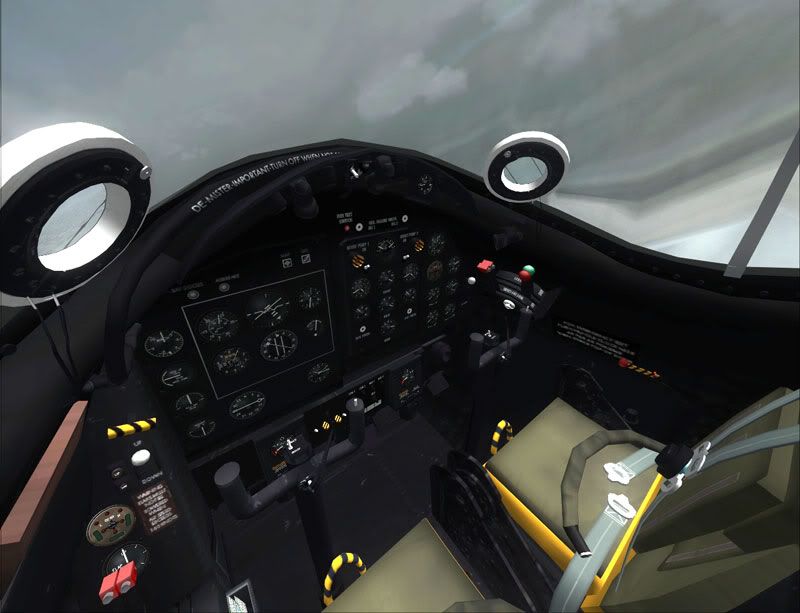
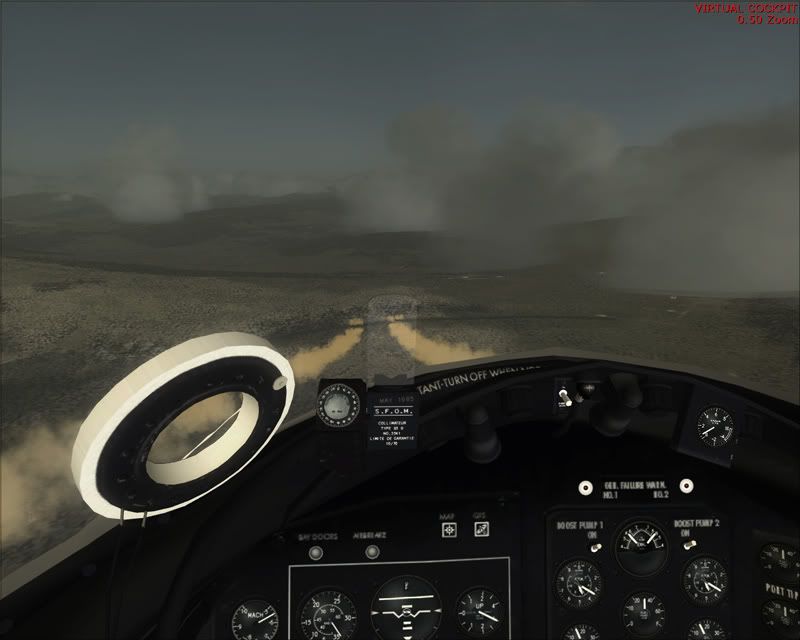
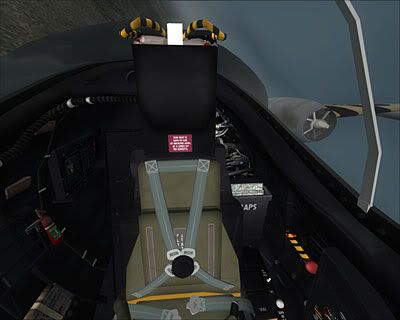
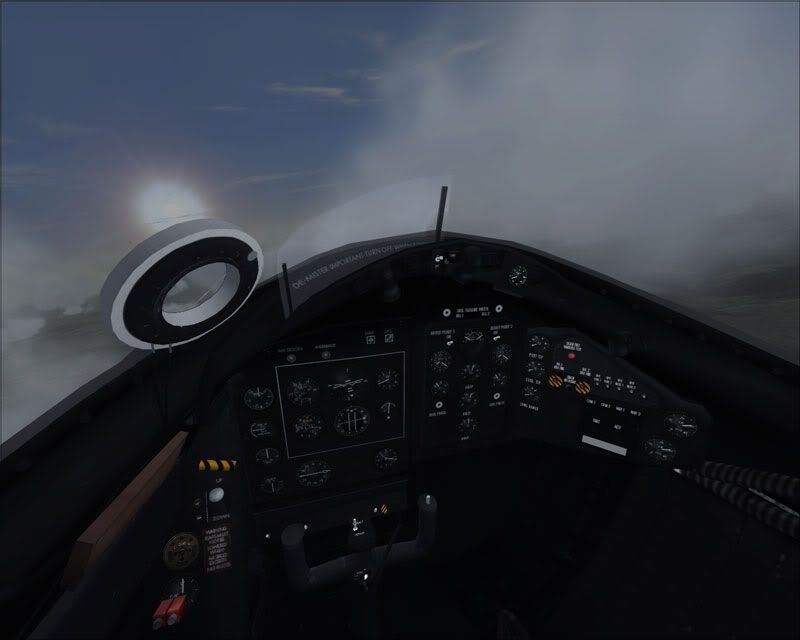

Well, there has been some re-shuffling of the line-up which is going to delay the release for a while. Re-modelling some things, adding some new things too. Will keep you posted as soon as there is progress to show.




Take your time Steve - this will be worth waiting for. Good things always are.
I have read RAF Canberras actually overflew Moscow at night in the early 1950s taking radar scope photographs for blind bombing purposes if the balloon ever went up. On at least one occasion the aircraft was greeted by Russian flak on the city's outskirts. Do you know which mark of Canberra was used, or probably was used, for this work? There was nothing in the book about special paint schemes being applied first so I would presume they were using the grey upper surfaces/black sides & undersides we've seen in some of your productions.
The only problem with that theory Pete is I don't think the B.16 came out later, and am not sure if the B.6 (BS) was active in the early 50s either. No other Cans that we know about were fitted with radar in the early 50s unless the whole thing was completely secret. There was the Kapustin Yar mission but that was only photo work as far as I know. Paintwork as you guessed would have been either the grey black or silver scheme would be my guess. But could have been the PR blue/ slate grey type though as well.
According to Ken Delve in 'English Electric Canberra' there were 25 B6(BS) conversions by Boulton Paul,most of these ultimately converted to B16 by Marshalls and that one of the rear crew ejection seats was removed to make space available for the BS gear!
Because of the way that the book is laid out it is difficult to say how many a/c were fitted with BS.
The first squadron to have BS fitted was 109 ,sending a/c to TRE Defford in jan 1953,the first a/c returned to 109 in june.The overall conclusion seemed to be that it was of limited value and should only be used for 'target marking'.
However KD goes on to say that this good advice was ignored and that most of the later period bomber sqdns had BS fitted.
I sure wish those books weren't packed away on the mainland, but they are. There are so many details in there about who flew the mission, what base was utilized, routes taken, etc. One thing that did stay in my mind was the pilot's comments. Our intrepid pilot was a WWII Bomber Command veteran with some experience at night over Germany. He reported they were briefed to expect weather on the flight and they were not disappointed - there was a great deal of cloud. Of course this made no difference to the radar, and as Soviet night-fighter development was thought to lag behind that of the West the cloud was actually sought as extra insurance against visually-directed NFs (such as the Wilde Sau, I guess). I recall him saying that as they drew near to Moscow there were periodic flashes in the cloud, which he took to be lightning. He said they were not briefed to expect thunderstorms on this flight. At the same time there was something vaguely familiar about those flashes in the cloud, which were very brief. All doubts were removed when a series of these "lightning flashes" appeared in a string across the Canberra's nose, at precisely the aircraft's altitude but somewhat ahead. Obviously this meant the flak batteries were radar-guided, had solved the altitude problem and were now working on lead. The pilot wasted no more time but stood the aircraft on its wingtip and executed an immediate sharp turn away from the problem area. This came as a surprise to the planners (not to say the crew) as the Soviets were not thought to have had radar-directed anti-aircraft fire available, nor were the guns supposed to be capable of reaching the Canberra's altitude. Wrong on both counts. I can't recall if the book said this, and it's only a guess on my part, but I suspect the powers that be figured if the back-room types could be wrong about the radar and flak, they might be wrong about Soviet airborne intercept radar as well. I don't think any more flights were made after this incident. These exploits reflect a very high order of courage on the part of the crews, who were risking disappearing into the Soviet Gulag forever if caught. I hope they were properly recognized for their achievements.
